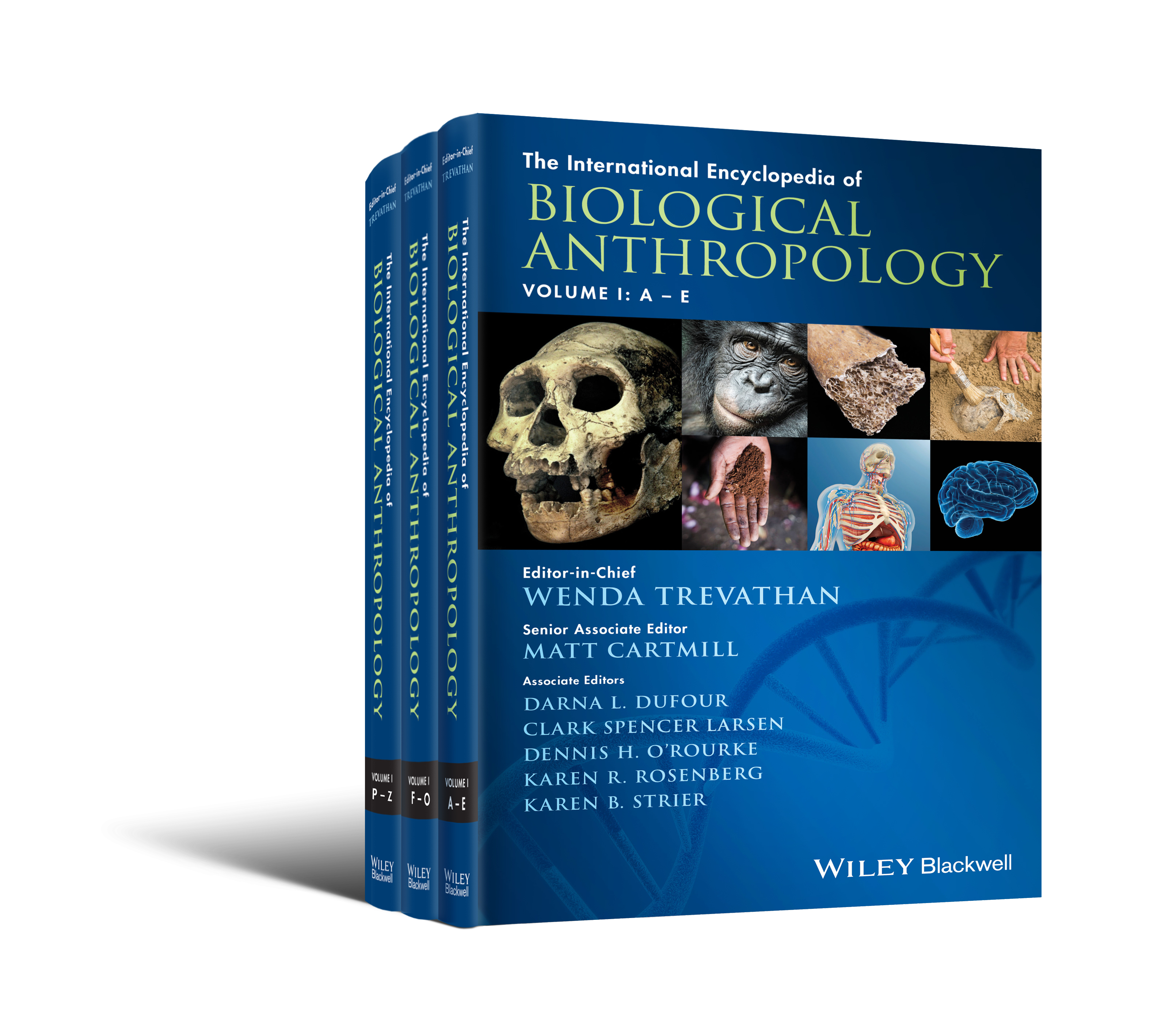Cooperative breeding
Abstract
Cooperative breeding is a social system in which group members help raise dependent young that are not their own, often delaying their own reproduction. This system of altruistic infant care has long raised questions about how a seemingly maladaptive system could evolve. Benefits to the infants and breeding females include increased infant survival and shorter interbirth intervals. Benefits to helpers may include increased inclusive fitness and experience in caring for young. Cooperative breeding is thought to be rare in primates, restricted to the callitrichines (marmosets and tamarins), where helpers are considered critical for infant survival. Recently, the term cooperative breeding has also been applied to primate species that show allomaternal care, even in the absence of reproductive suppression. Cooperative breeding has also become a potential model for the evolution of human breeding patterns, reflecting the extraordinary level of altruistic and cooperative behaviors that characterize our species.



